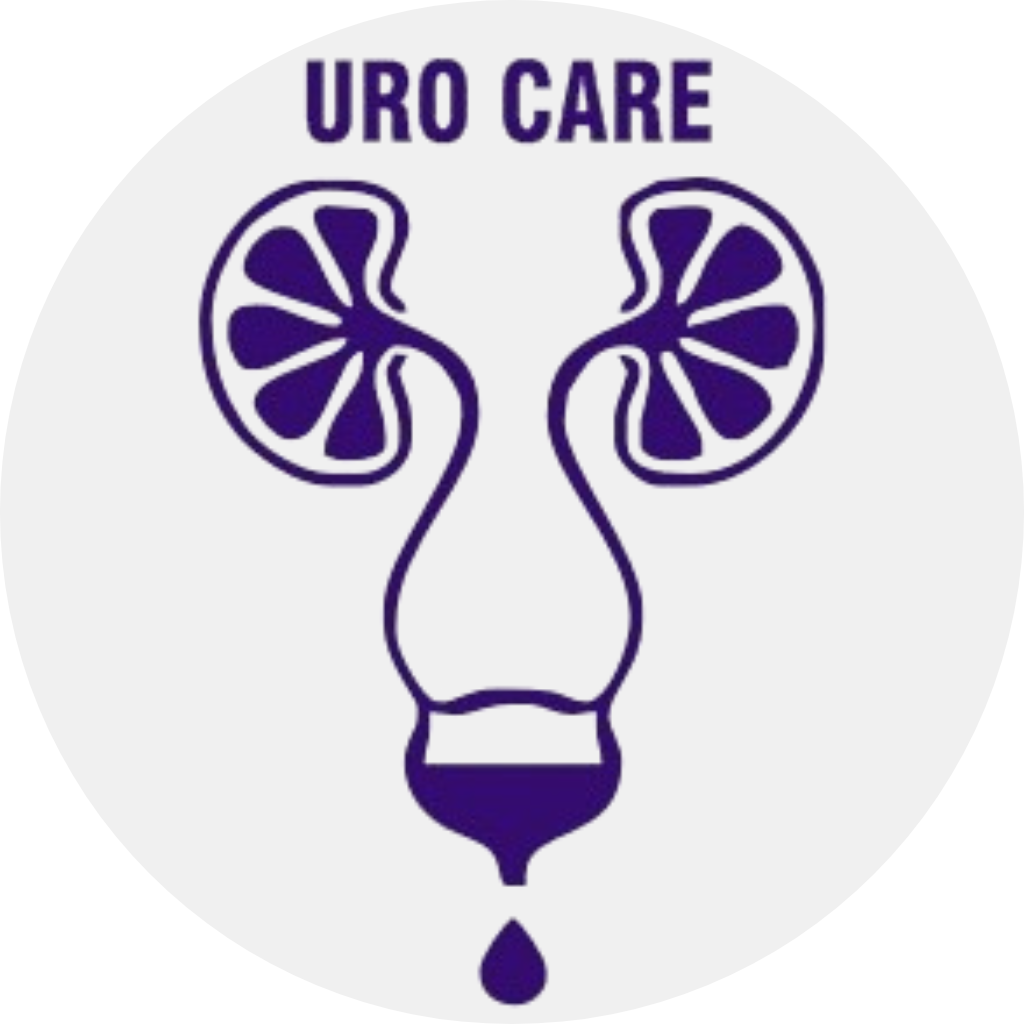Cryptorchidism is a condition where a boy’s testicle does not move into its proper position in the scrotum before birth. It is a common birth defect affecting the male reproductive system. Understanding cryptorchidism is crucial for children’s health, as untreated cases can lead to issues later in life. This includes problems with fertility and an increased risk of testicular cancer.
Approximately 3% of full-term male infants are affected by cryptorchidism; this rate is higher in premature births. This means that it is important for parents to be aware of its potential long-term implications.
Understanding the Anatomy of Cryptorchidism
During normal development in a male fetus, testicles form inside the abdomen and descend into the scrotum before birth. Cryptorchidism occurs when one or both testicles do not descend as expected. This results in a condition where testicles are located in the abdomen, groin, or near the scrotum but not in it.
It’s crucial to differentiate cryptorchidism from similar conditions. For instance, monorchism means there is only one testicle. In the case of cryptorchidism, the undescended testicles are present but not in the scrotum.
Identifying Risk Factors
Certain factors might increase the risk of cryptorchidism. Premature birth is a significant risk factor since the natural descent of testicles usually occurs late in fetal development. A family history of cryptorchidism or other genital conditions can also elevate risk.
Other contributing factors include: – Low birth weight – Genetic conditions – Mother’s exposure to certain environmental elements during pregnancy
Understanding these risks can help parents identify if their child might be more susceptible.
Spotting the Signs and Symptoms
The main symptom of cryptorchidism is a missing testicle in the scrotum at birth or during routine check-ups. Often, the undescended testicle is not noticeable because it is hidden within the abdomen or groin.
Undescended testicles are usually painless, which means the condition can go unnoticed without a proper examination. Sometimes the testicles can be “non-palpable,” meaning they cannot be felt, emphasizing a need for medical attention.
Modern Diagnostic Pathways in India
Diagnosing cryptorchidism largely involves a physical exam conducted by a pediatrician or a specialist. In India, advancements in diagnostic methods have made early identification more straightforward.
During an examination, doctors can determine the position of the testicle. Occasionally, imaging tests such as ultrasounds are used to locate hidden testicles. These diagnostic tools play a vital role in confirming the condition and planning treatment.
Potential Complications of Untreated Cryptorchidism
If cryptorchidism is left untreated, it can lead to serious complications. These include: – Increased risk of infertility – Higher chances of testicular cancer – Other physical complications affecting normal function
Early intervention is critical to minimize these risks and ensure long-term health benefits.
Exploring Treatment Options
Treatment for cryptorchidism varies but typically starts with a period of observation, known as watchful waiting, as testicles often descend naturally over time. If intervention is required, surgical options like orchiopexy are considered, wherein the testicle is placed in the scrotum.
Hormone therapy is another approach, though surgery is often preferred due to its effectiveness. Discuss the associated risks of each option with a healthcare provider to determine the best path.
The Psychological Impact and Supportive Strategies
Dealing with cryptorchidism can be stressful for the child and their family. Understanding the potential psychological impacts is crucial.
To help manage this, consider these supportive strategies: – Encourage counseling for emotional support – Reassure children and families about positive outcomes – Provide educational resources about cryptorchidism and the treatment process
These steps can help maintain emotional wellbeing and make the experience less daunting.
Ensuring Regular Check-Ups and When to Seek Medical Attention
Regular check-ups are vital for early detection of cryptorchidism. Parents should take advantage of routine newborn and pediatric visits. Such exams are effective in catching health issues like undefined testicles.
If there are any concerns about the testicles’ position or if they appear missing in older children, seek medical advice promptly. This proactive approach ensures timely treatment and improved outcomes.
Consult us today at Urocare for expert guidance!


